Interview with former fastjet Pilot Rafal Rajchel

My name is Rafał, I'm 34 now. Presently I'm pushing 320s in Georgia for one of the biggest European low cost carriers.
Yes, actually when I was child I was dreaming about becoming Astronaut, but then I've stepped down on the Earth. Aviation is kind of tradition in my family.
My pilot career wasn't very simple. However, I don't regret any of the decisions I made. I've started from the gliders in southern Poland. I did my first solo when I was 17. Straight after it, with the help of my family I did a PPL license. My first plane was Zlin 142 (SP-ASL), then I've started towing gliders on Yak-12 and PZL-104 Wilga - great planes. I studied aviation engineering at the University of Technology in Rzeszów and during my studies, I did the "frozen" ATPL. After graduation I got a position as a first officer in LOT Polish Airlines. My happiness didn't last long though as Centralwings (Polish charter airline) went bankrupt, and as quickly I got my job I just lost it, even before my ERJ training started.
Tough times for some airlines those days. I've managed to make the Flight Instructor and Test Pilot Rating then started to work in the Airforce Institute of Technology on the flying laboratory project. It was a funny silver plane - Sonex. I also bought the Aviation Magazine - PILOT Club - where I was co-owner and Editor-In-Chief back then.
I still kept on trying to get a job at an airline. Finally, I got a position as a First Officer in Sprintair. Pilots had to have 1.000 hours total time those days to get any job. I was flying Saabs 340 for the next 3 years. Mostly cargo operations for UPS and TNT. Meanwhile, I was flying for Flyjet – a small corporate airline in Warsaw - whose callsign was "fastjet" funnily enough. So Africa was a kind of "final destination".
After that, there was an opportunity to switch to A320. A new Polish charter airline was recruiting - Bingo Airways. It had only 4 planes and three of them with smiley faces in a Chupa-Chups livery . The company faced some financial issues and was trying to survive by doing some wet lease jobs in Europe and North Africa. We used to fly for Windavia (French tour operator) and Syphax (Tunisian owned charter airline). It was a great adventure and good fun. Unfortunately, Bingo went bankrupt around 2013, leaving pilots and cabin crew with unpaid salaries.
I found a short term job on one of the ex-Bingo’s plane for a company called New Livingstone based in Milano Malpensa. But I was looking for something more stable, so I applied to easyJet. Due to a lack of LVO training, recruiters suggested me fastjet – a British company operating in East Africa which I never heard of. I've tried it and It was a really great time. I stayed within the company, based in Dar Es Salaam, for 3 years until all ex-pat pilots got retrenched. The airline employed a really nice bunch of Pilots from all around the world and local cabin crew. They were offering good contracts with a competitive salary.
I was flying her, but I didn't have any special memories until you asked me about it. I've looked at my old pictures and I realized that I had a nice jumpseat trip on this plane. While traveling in a company’s uniform in Tanzania, we were allowed to fly free of charge, so one day I took the flight to Mbeya, Songwe. There was a special day - 1st of September 2016 - a day of a total solar eclipse. I tapped coordinates in Google maps and found a place where eclipse will be the most spectacular and long and then I planned the trip over there. It was close to a city of Mbeya where most of gold mines and cafe plantations in Tanzania are and the airline operated there mostly for workers of these mines. Mbeya is a very difficult airport for pilots.
It’s in the valley surrounded by high mountain ranges. There are no lights at all, it's only RNAV approach with a steep glide path. Runway is up slope on the hill and on the end is a very deep ditch. Only captains were allowed to land there. On the day when I was there, the captain was new in the company, coming from Emirates, flying 777 before, and it was his first flight to Mbeya. He was surprised that there is not even PAPI or runway markings. He did very rough "crashed" touchdown which was for me one of the hardest in my life. But after that, as a real gentleman, he said "I'm very sorry for my landing" to passengers via PA. There was a lot of laughs because we knew that this is happening to everyone in this place...

Flying in Africa is, let's say, very specific. Especially flying to domestic small airports. There are no precision approaches and radar coverage. Fastjet was the first East African lowcost, which has opened the sky for local people who never had even a chance to fly plane before. Our tickets very often less than 50$ instead of 200-400$ tickets of other operators on the same routes. So many of our passengers were flying plane for the first time in their lifes. You could see people, for example from Serengheti or some small villages, who didn't even know how to use escalator at the airport.
Most of them were really scared to fly, so as the crew we had to take this into account. Tanzania is an equatorial country and because of ITCZ characteristic there are two rainy seasons during a year. One, short one is in December and the second and long one, is in April. On these days you can observe CB clouds with tops reaching FL400 and with 60NM of diameter. This time of the year was very tough for us to fly. Also wildlife is kind of hassle in this region of the world. Bird strikes were happening every day and birds are much bigger than in Europe. Engineers had very often spare fan blades in the car, to change them quickly.
As with everything, it has its pros and cons. My previous airline was a charter airline so I spent lot of time in hotels far from home. After some time you can get tired of this. Lowcost has the advantage that they saving on hotels. It means for us that every day we coming back home. Some people like it, some don't..;) Except for this, there are no other differences from legacy airlines. We had hot catering, crew meals, crew transport, business class seats in some aircraft.
Until last year, I had my FI rating but I've stopped revalidating it now. Low cost carriers "use" us up to the limit and usually we are flying maximum hours during a year. So I don't really have time now for General Aviation. Hopefully one day I'll come back to it. As a passenger I love to travel, but I don't like long flights.
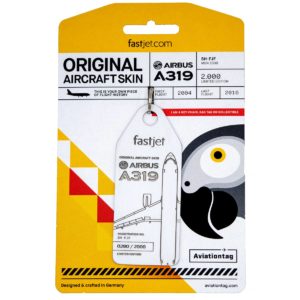
Get your fastjet tag now!


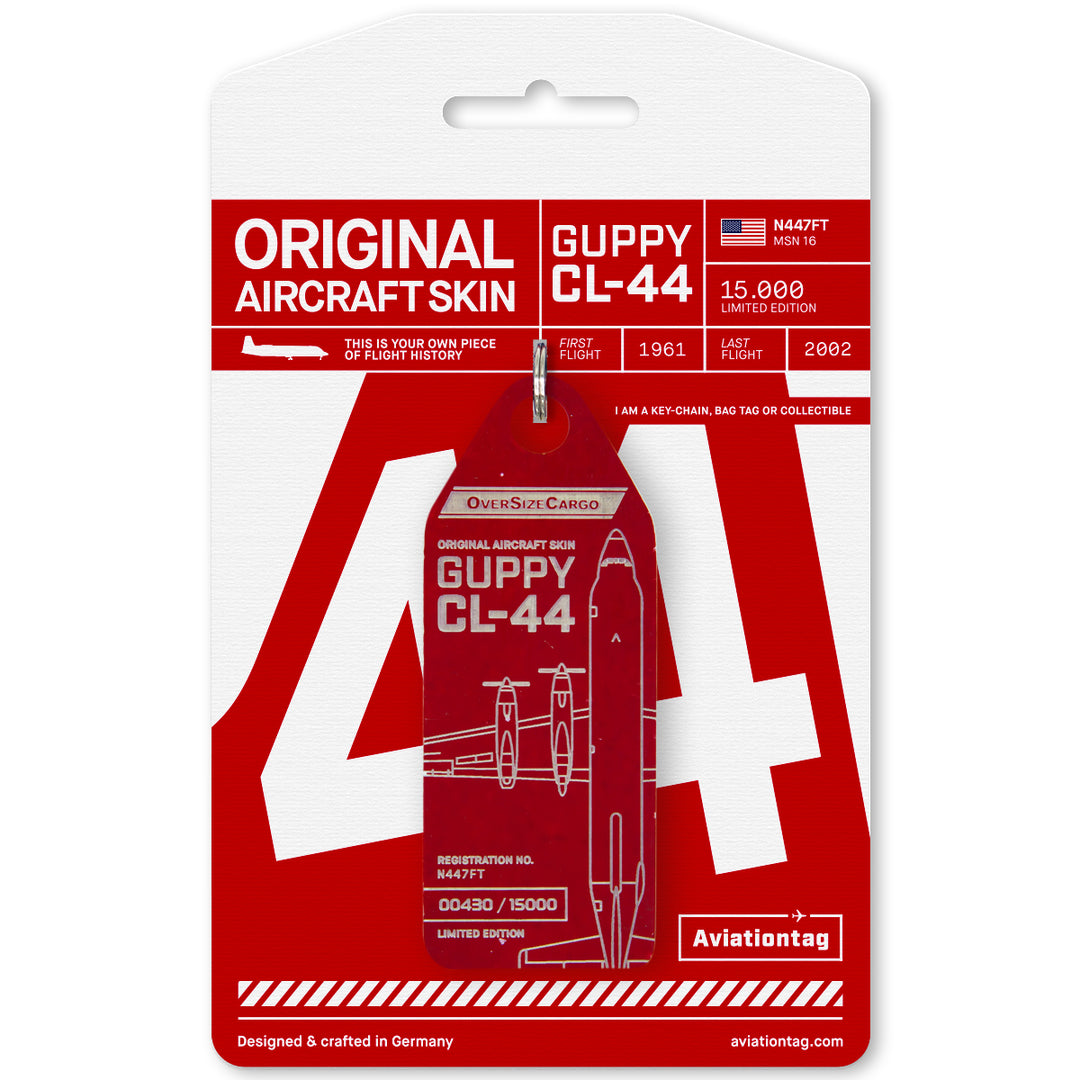
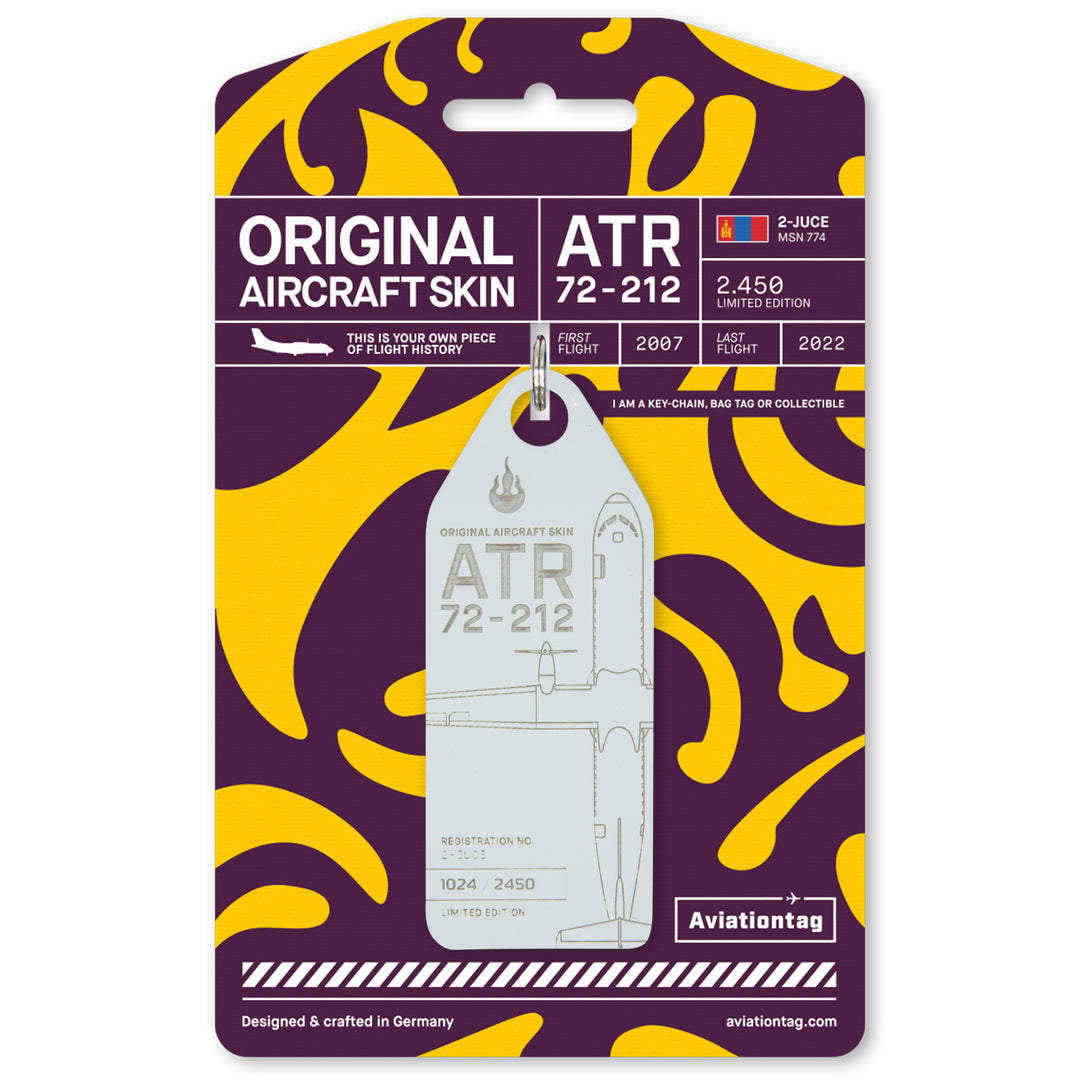
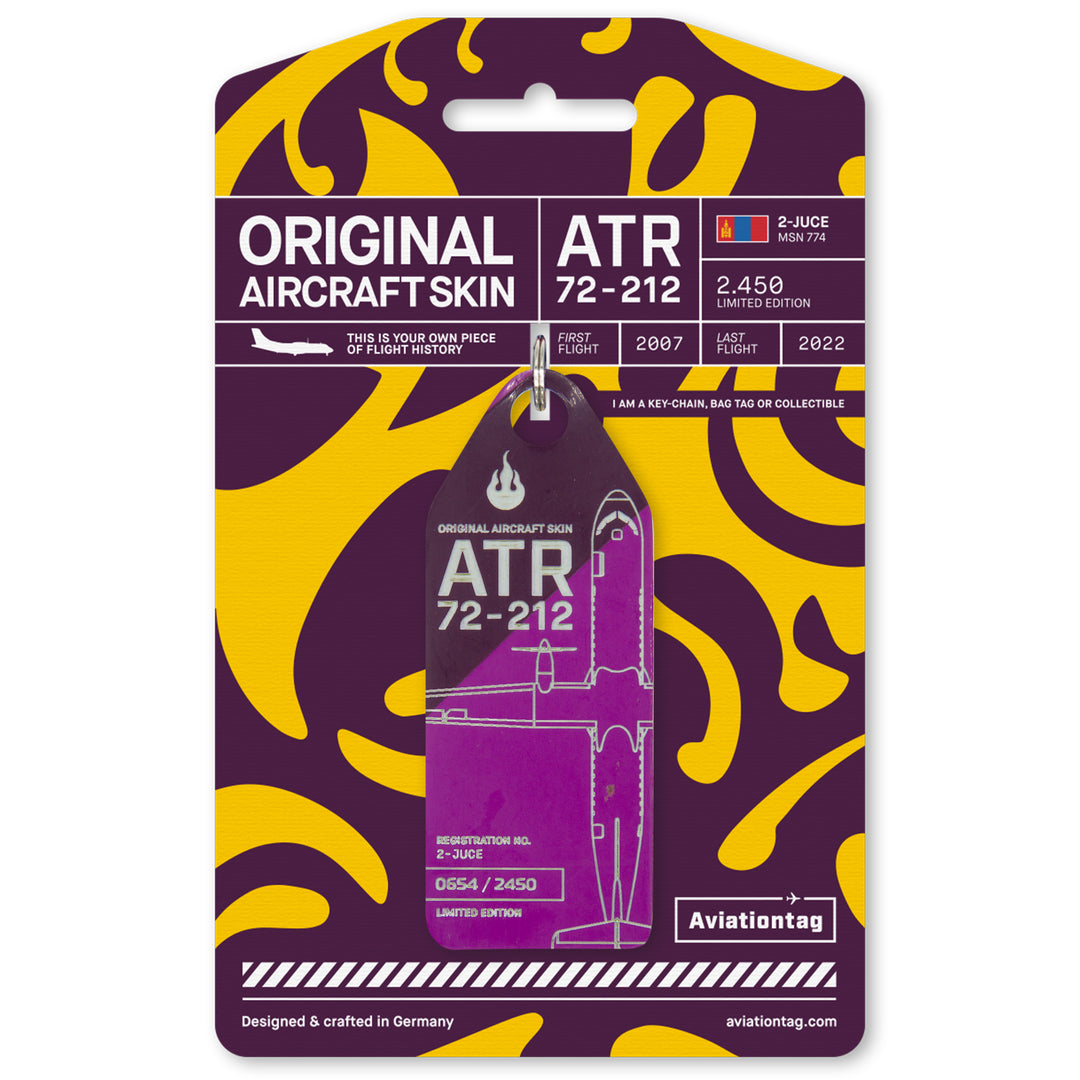
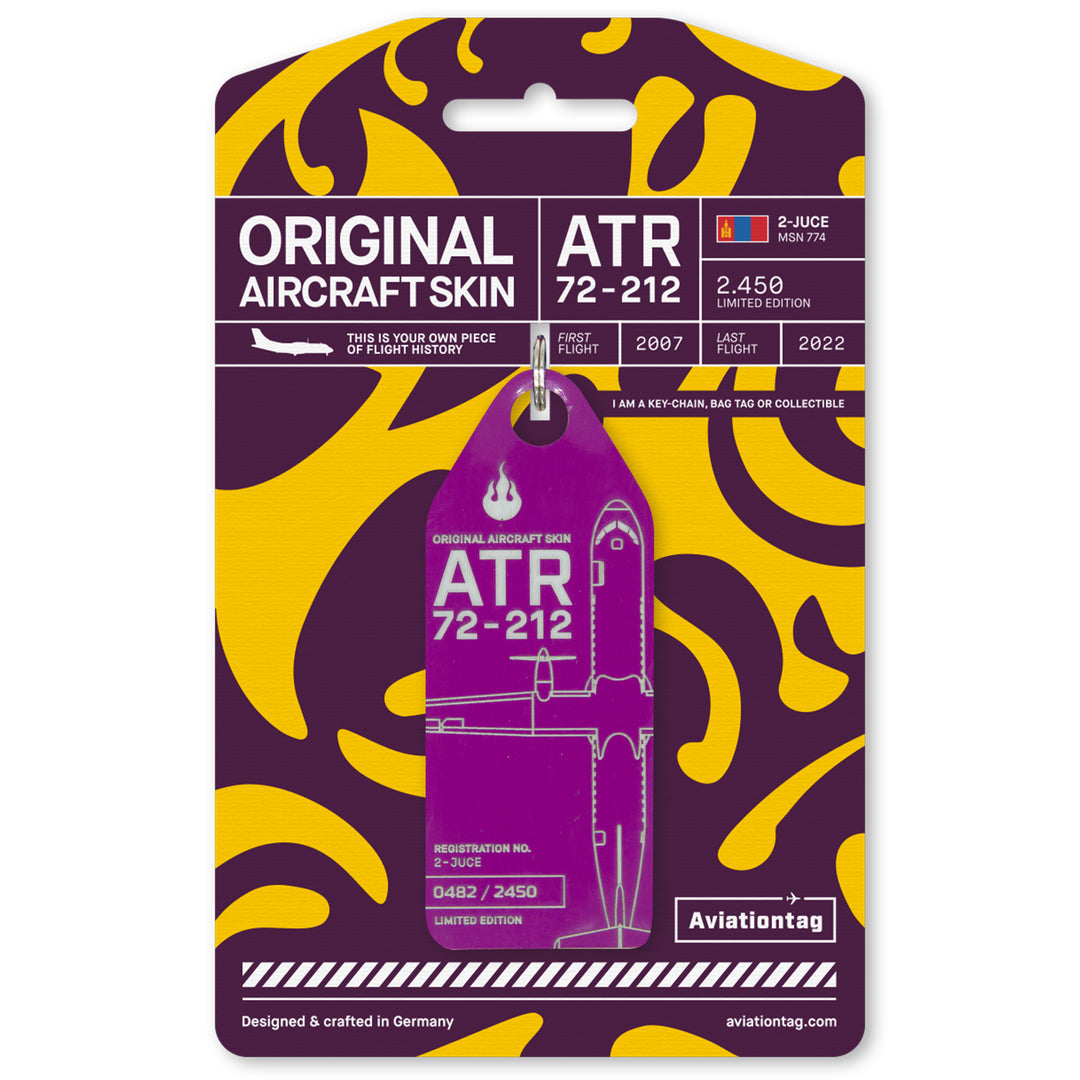
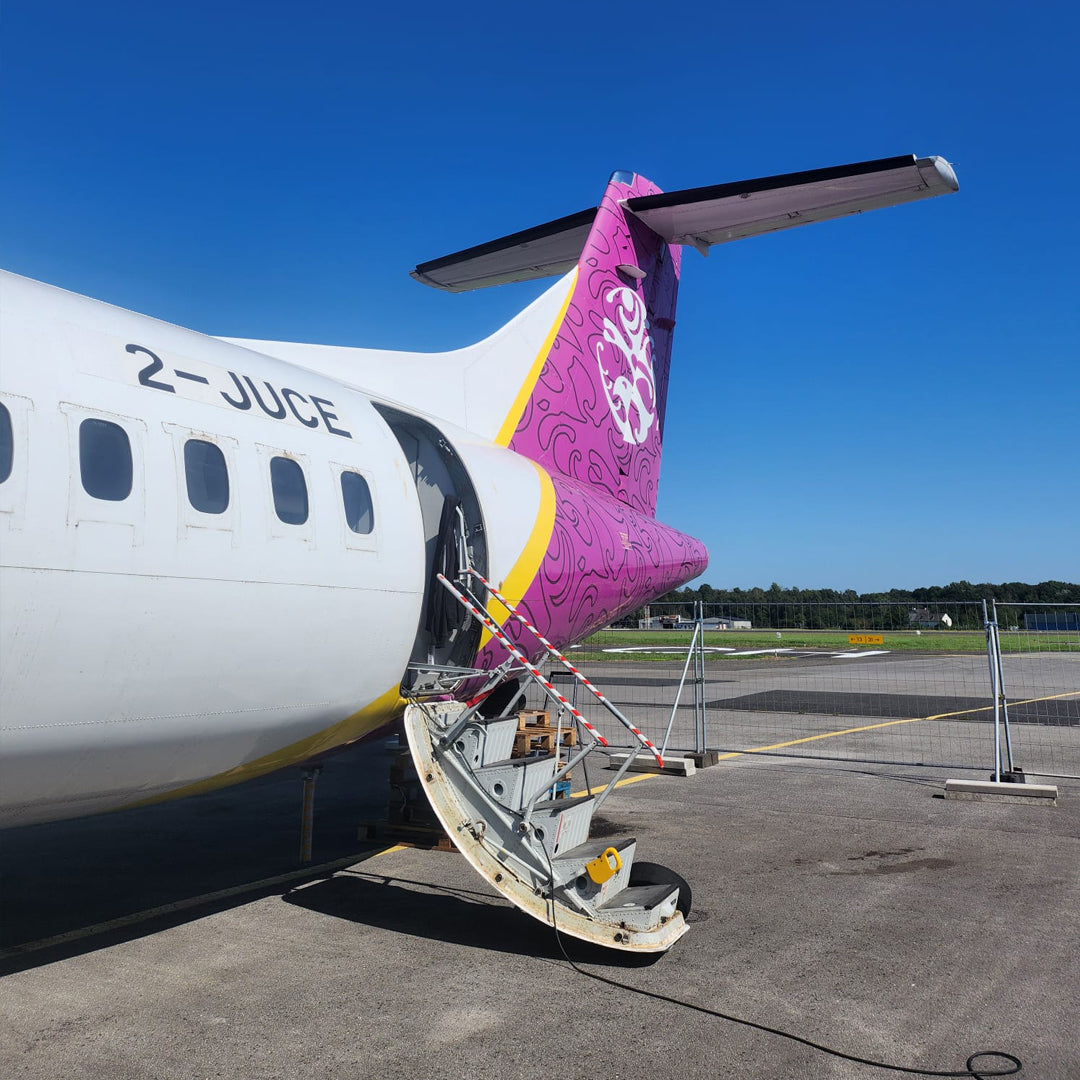
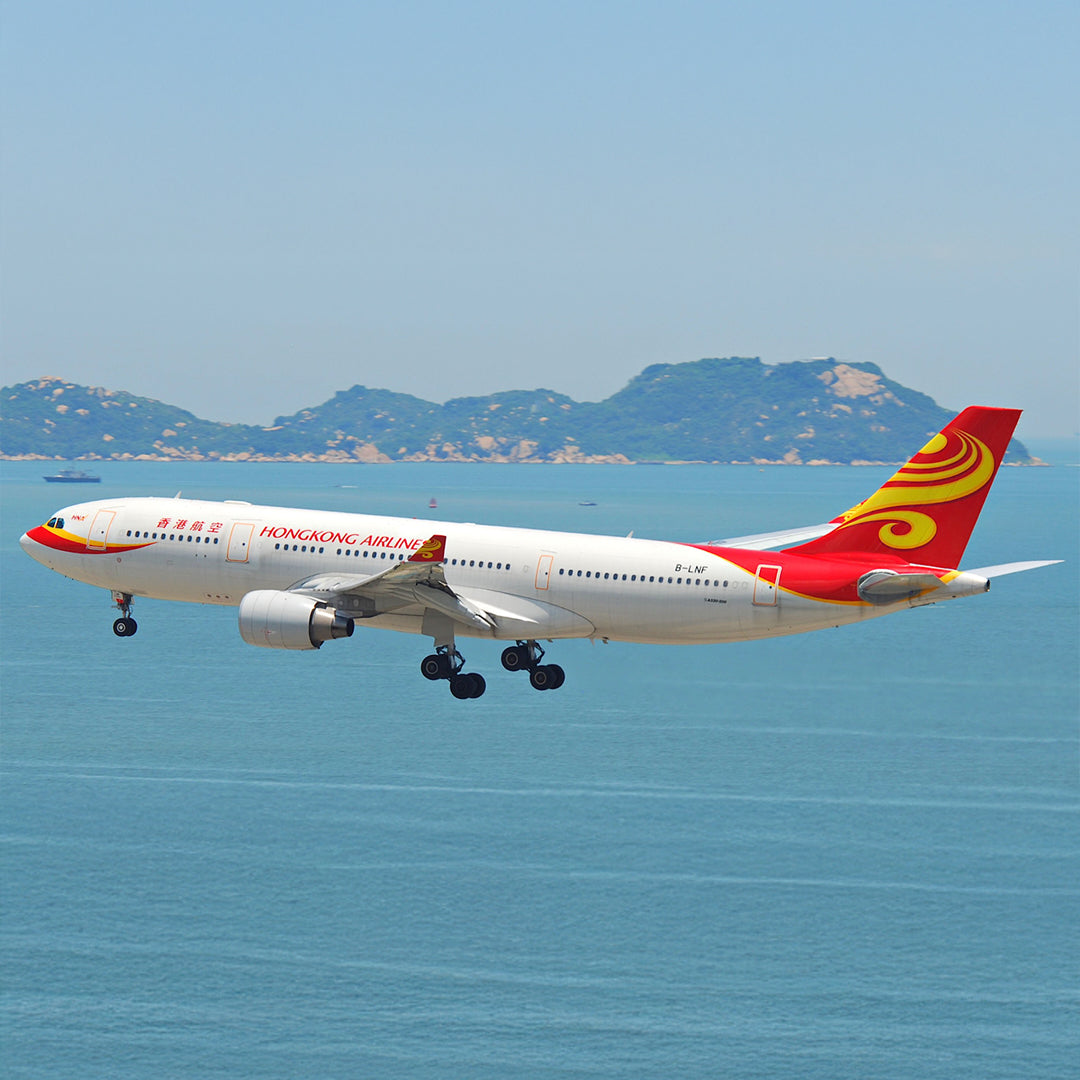
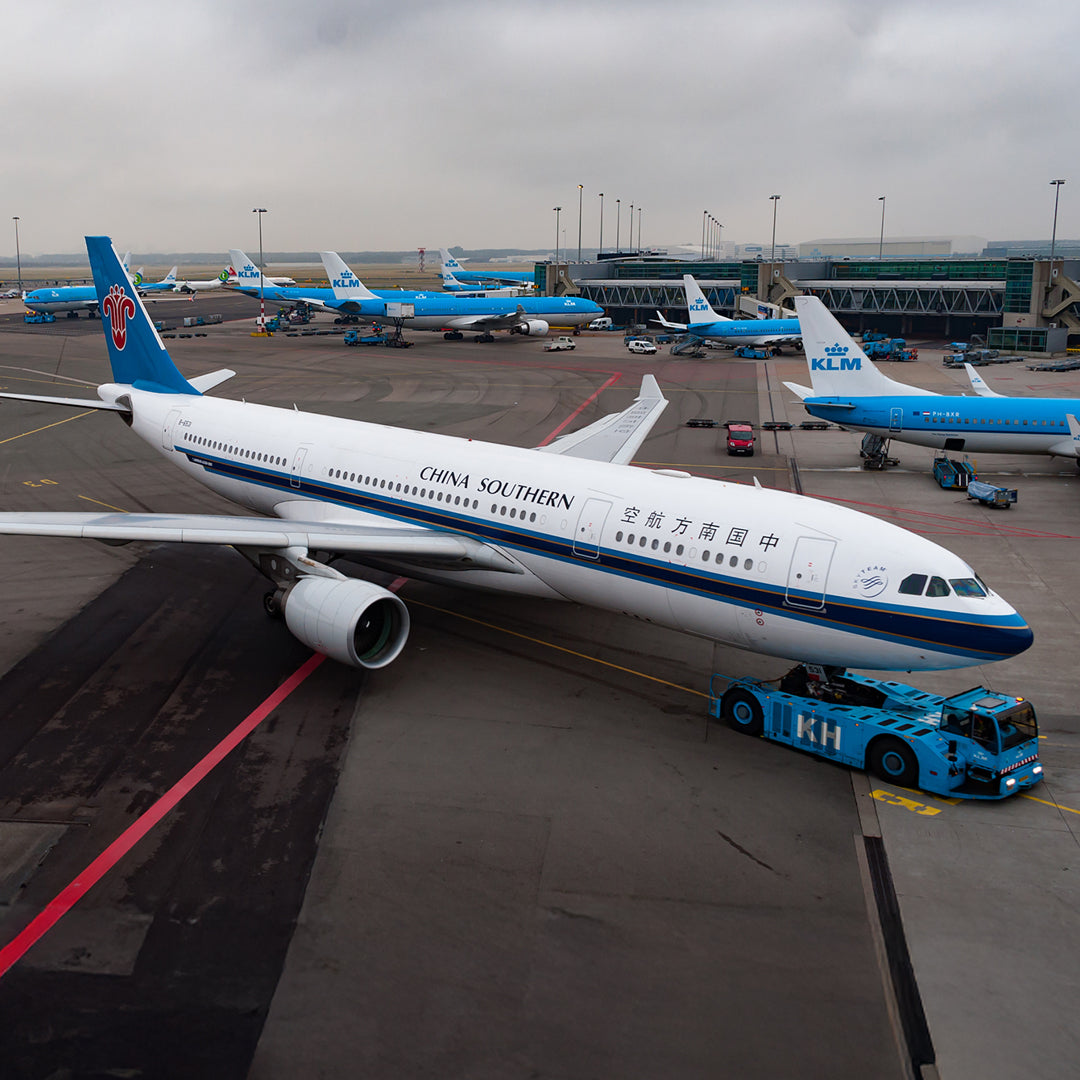
Leave a comment